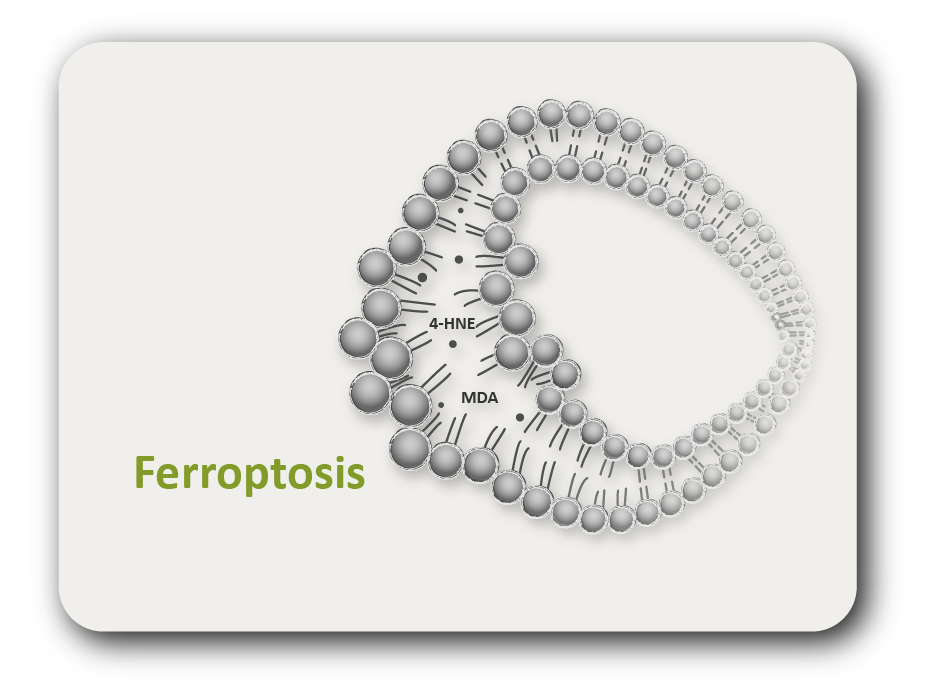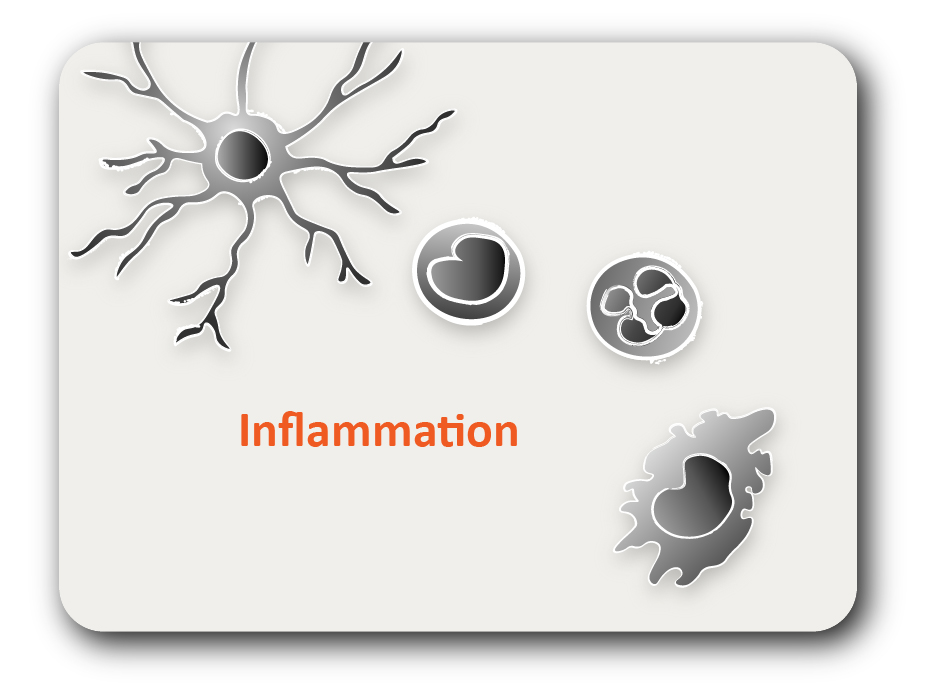ARG70548
Mouse LTBR / Lymphotoxin beta Receptor recombinant protein (Fc-tagged)
Mouse LTBR / Lymphotoxin beta Receptor recombinant protein (Fc-tagged) for SDS-PAGE
Overview
| Product Description | CHO expressed, Fc-tagged Mouse LTBR / Lymphotoxin beta Receptor recombinant protein |
|---|---|
| Tested Application | SDS-PAGE |
| Target Name | LTBR / Lymphotoxin beta Receptor |
| A.A. Sequence | Gln31 - Pro218 |
| Expression System | CHO |
| Alternate Names | LTBR; Lymphotoxin Beta Receptor; TNFRSF3; TNFCR; TNF-R-III; TNFR2-RP; TNFR-RP; D12S370; Tumor Necrosis Factor Receptor Superfamily Member 3; Tumor Necrosis Factor Receptor 2-Related Protein; Tumor Necrosis Factor Receptor Type III; Tumor Necrosis Factor C Receptor; TNFR3; Lymphotoxin Beta Receptor (TNFR Superfamily, Member 3); TNFR Superfamily, Member 3; Lymphotoxin-Beta Receptor; Lymphotoxin B Receptor; LT-BETA-R; TNF-RIII; TNFR-III |
Properties
| Form | Powder |
|---|---|
| Purification Note | Endotoxin level is less than 0.1 EU/µg of the protein, as determined by the LAL test. |
| Purity | > 95% (by SDS-PAGE) |
| Buffer | PBS (pH 7.4) |
| Reconstitution | It is recommended to reconstitute the lyophilized protein in sterile water to a concentration not less than 200 μg/ml and incubate the stock solution for at least 20 min at room temperature to make sure the protein is dissolved completely. |
| Storage Instruction | For long term, lyophilized protein should be stored at -20°C or -80°C. After reconstitution, aliquot and store at -20°C or -80°C for up to one month. Storage in frost free freezers is not recommended. Avoid repeated freeze/thaw cycles. Suggest spin the vial prior to opening. |
| Note | For laboratory research only, not for drug, diagnostic or other use. |
Bioinformation
| Gene Symbol | LTBR |
|---|---|
| Gene Full Name | Lymphotoxin Beta Receptor |
| Background | This gene encodes a member of the tumor necrosis factor receptor superfamily. The major ligands of this receptor include lymphotoxin alpha/beta and tumor necrosis factor ligand superfamily member 14. The encoded protein plays a role in signalling during the development of lymphoid and other organs, lipid metabolism, immune response, and programmed cell death. Activity of this receptor has also been linked to carcinogenesis. Alternatively spliced transcript variants encoding multiple isoforms have been observed. [provided by RefSeq, Aug 2012] |
| Function | Promotes apoptosis via TRAF3 and TRAF5. May play a role in the development of lymphoid organs. [Uniprot] |





